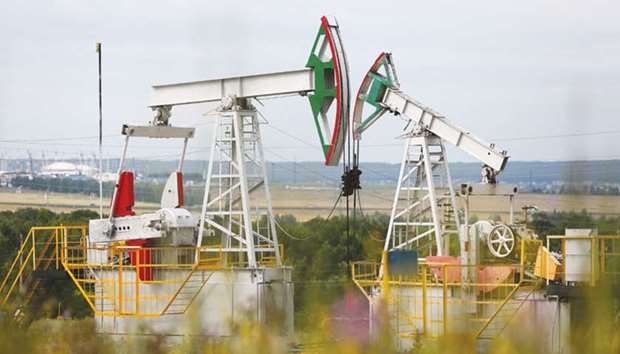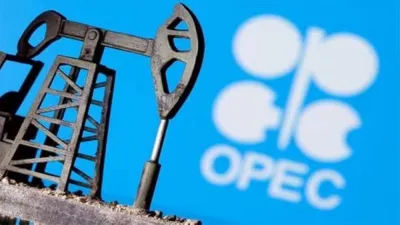Russia’s oil industry continued its long-term expansion last year, with production hitting a record even as President Vladimir Putin joined forces with Opec to clear a global glut and lift prices.
The nation’s oil output increased to an average 10.98mn barrels a day in 2017, up 0.1% from the previous year, according to data published yesterday by the Energy Ministry’s CDU-TEK statistics unit.
That’s the ninth consecutive annual increase to the highest level since the collapse of the Soviet Union in 1991.
Russian output has soared under Putin’s leadership, nearly doubling from 6.1mn barrels a day in 1999.
The industry’s long expansion could pause in 2018 because Russia has agreed to another year of cuts with the Organisation of Petroleum Exporting Countries.
The unprecedented period of cooperation depleted bloated fuel stockpiles and boosted prices last year, re-shaping the global oil market and energy geopolitics.
Despite the cuts, Russia achieved a record because it ramped up production so rapidly the year before. Output reached 11.23mn barrels a day in October 2016, a month before the accord with Opec was announced.
Russia implemented its pledged 300,000 barrel-a-day supply cut gradually, meaning output remained above 11mn barrels a day for several months in early 2017.
Russia’s allies in Opec aren’t complaining. Brent prices climbed 18% last year and global inventories have fallen. Brent rose 0.2% to $67 a barrel on the London-based ICE Futures Europe exchange.
Following the November decision to extend the pact through 2018, Saudi Arabia’s Energy Minister Khalid al-Falih, sitting next to his Russian counterpart Alexander Novak at a press conference, said “we are completely aligned.”
Oil output in December was 10.95mn barrels a day, up 0.1% from November, while exports dropped 5.3% to 5.24mn barrels a day, according to CDU-TEK.

Oil pumping units stand on an oilfield operated by Tatneft in Russia. The oil industry in Russia continued its long-term expansion last year, with production hitting a record even as President Vladimir Putin joined forces with Opec to clear a global glut.

